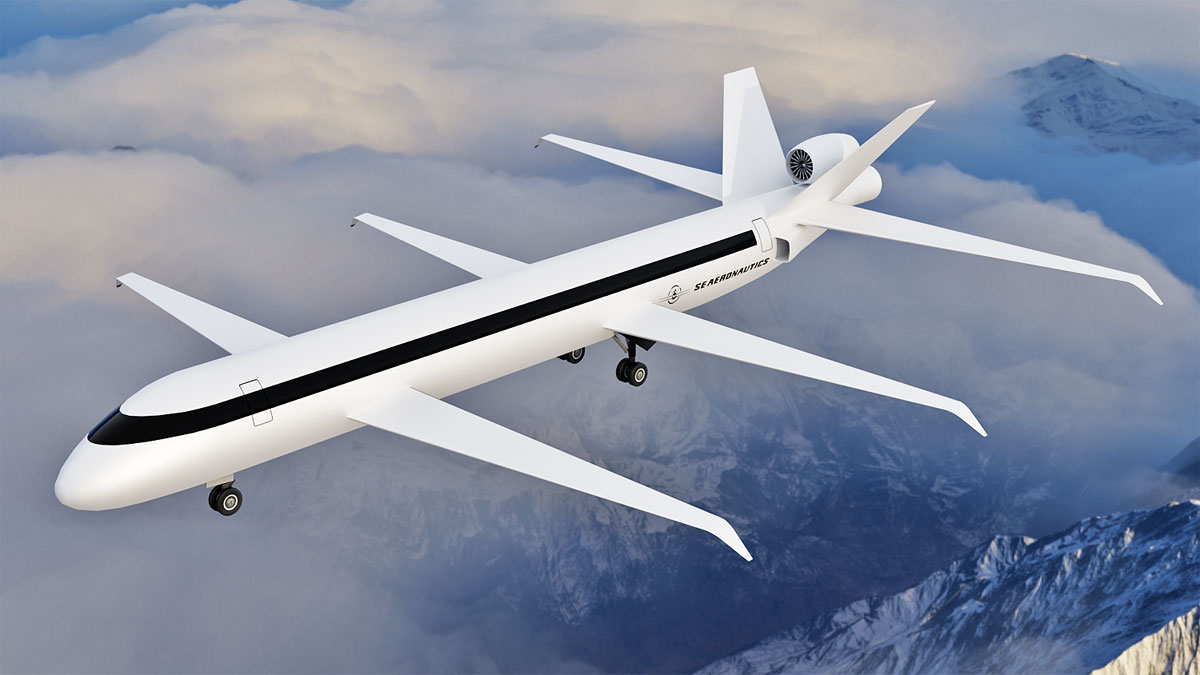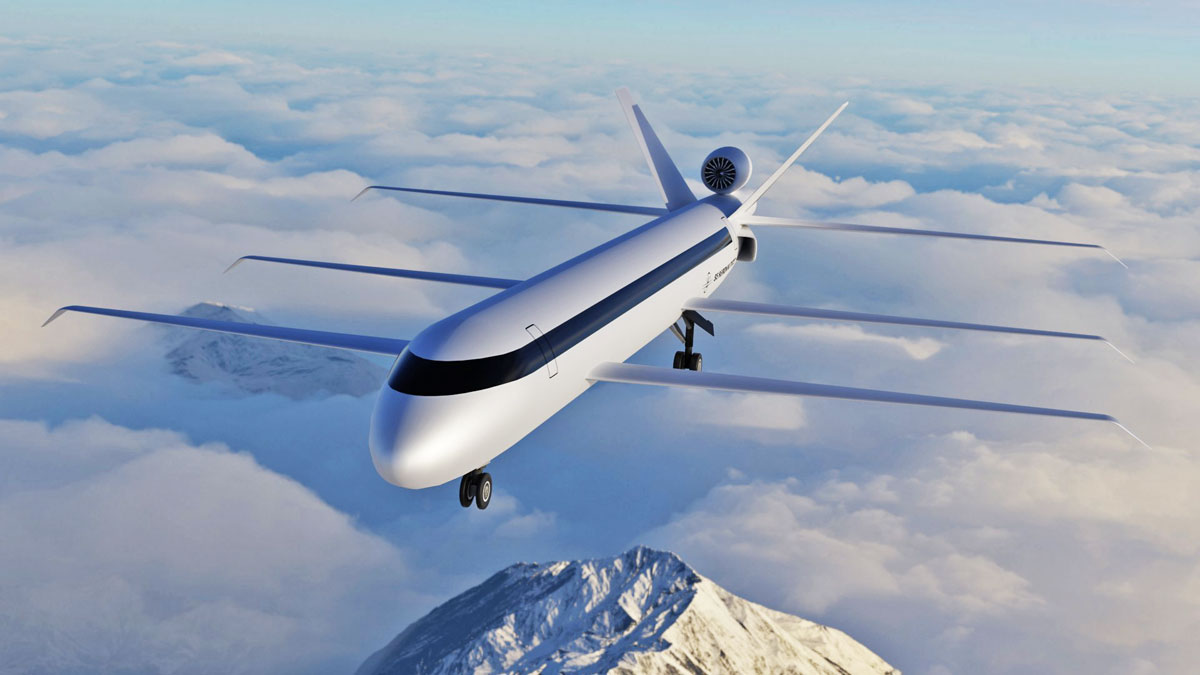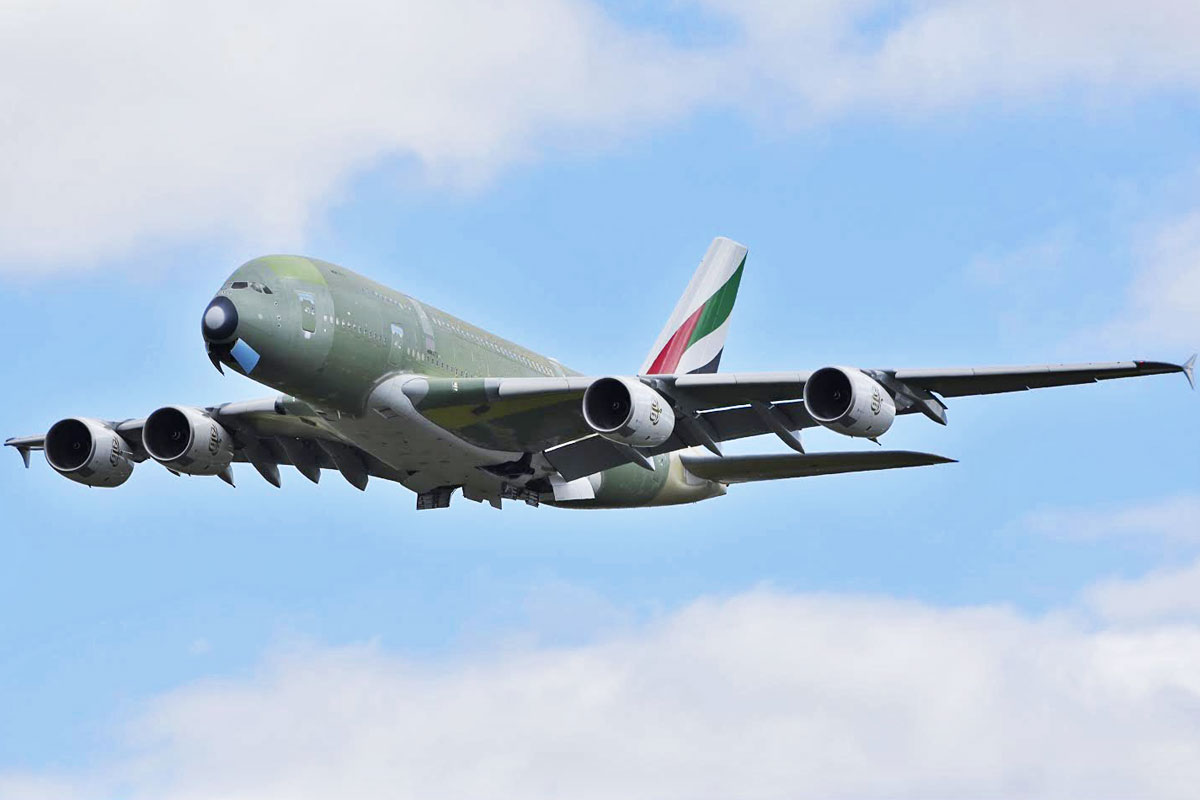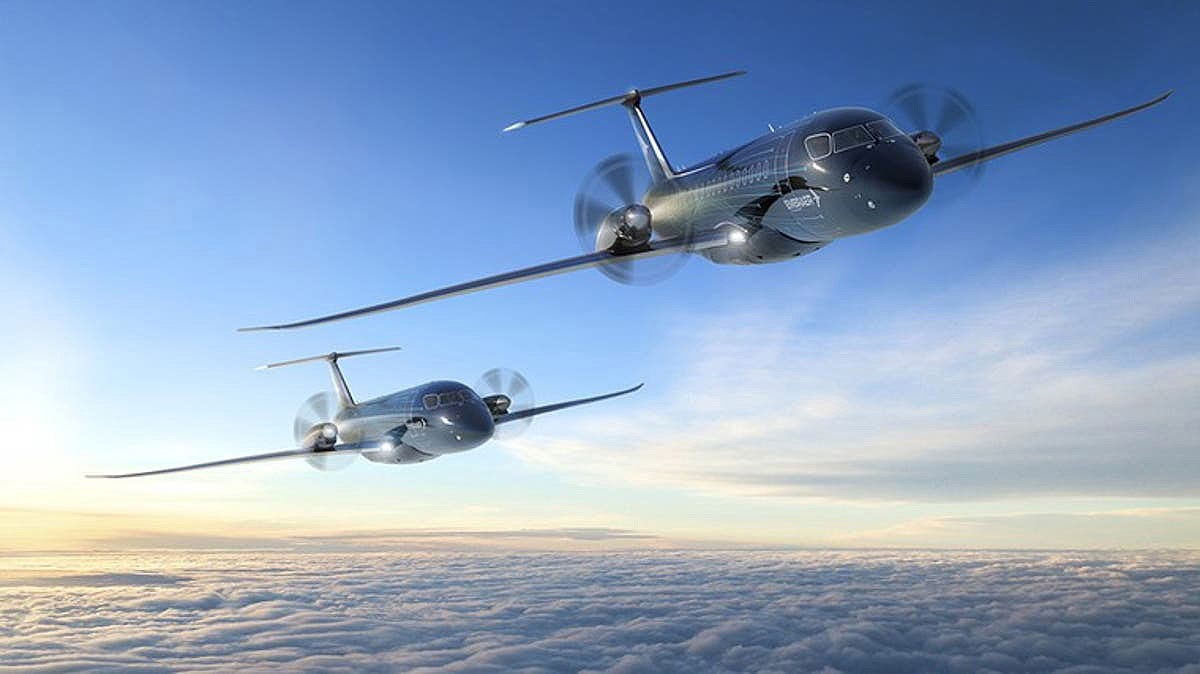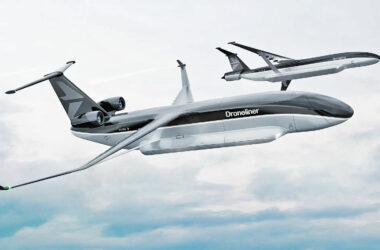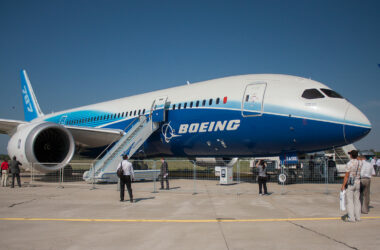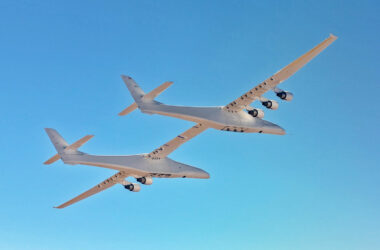If the SE200 aircraft existed today it would be the lifeline of airlines. The widebody plane with a capacity for 264 passengers would be able to offer an unbeatable operating cost thanks to consumption 70% lower than the current jetliners, in addition to emitting 80% less CO2 per seat-kilometer, the dream of any environmentalist.
It’s not just that. The SE Aeronautics aircraft would be able to fly distances of up to 10,560 miles nonstop in addition to making short landings and takeoffs (STOL).
The problem is that the SE200 ‘flies’ only on computer screens. SE Aeronautics, a US startup founded in 2010, announced the design of the innovative sustainable widebody this week, teasing current planemakers.
“Aircraft manufacturers have been using the same aircraft design for the past 60 years, with few exceptions,” says the statement from the Alabama-based company.
According to Lloyds Weaver, chief engineer at SE Aeronautics, “the innovative design is a more efficient, light-tri wing configuration that greatly improves lift over drag, resulting in short take-off and landing (STOL) capabilities and extremely long flights. construction is all composite, molded in one tough, safer piece. We also incorporated super thin, long wings and complete streamlining from the nose to the tail. We did it all.”
The SE200 has little resemblance to other commercial jets of its size, such as the Boeing 787. The aircraft uses two turbofans but installed in the tail, one on top of the fuselage and the other as in the classic 727, with side air intakes.
The jetliner also exhibits a heteredox configuration with double vertical stabilizers and triple wings. The illustrations of the aircraft are presented with variations in the tips of the wings, sometimes with winglets facing downwards or more traditional solutions.
The innovations of the SE 200 are not just on the outside. The company says it has developed a “once-through” air feed ventilation system “that never recirculates air in the cabin, dramatically reducing the risk of exposure from other infected passengers.”
The aircraft’s exceptional performance would allow it to take regional routes due to its ability to operate on short runways and light weight. “This aircraft will be the most practical, profitable and permanent solution to the grossly underperforming airliner technology of today. Our manufacturing efficiency will allow us to produce our aircraft in significantly less time than the current traditional method. But the jewel in the crown is really our ability to get that fuel consumption rate down by 70%. We are going to revolutionize the industry,” promises Tyler Mathews, CEO, SE Aeronautics.
To obtain such a promising result, the startup bets on building the airframe in a single solid molded part, which will allow a lifespan with twice the time of the current aircraft, reducing costs dramatically. In addition, the fuel is transported in sealed compartments at the top of the fuselage, which allows the aircraft to float in the event of an emergency landing in the water.
SE Aeronautics executives just haven’t explained how they will make the SE200 a reality yet.

